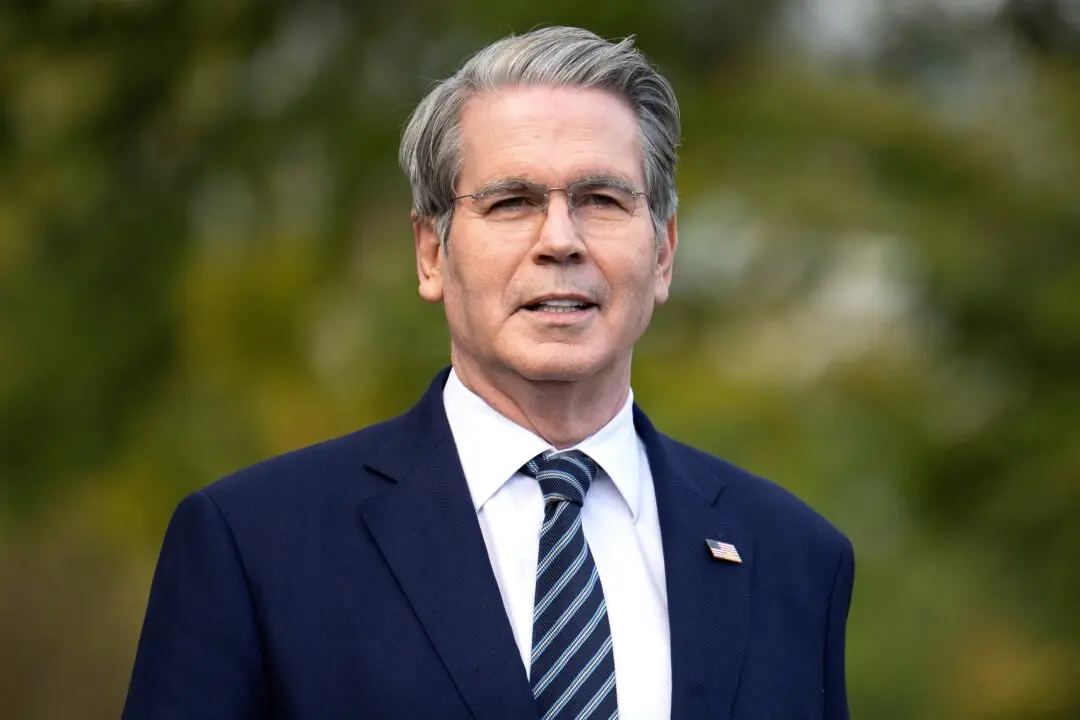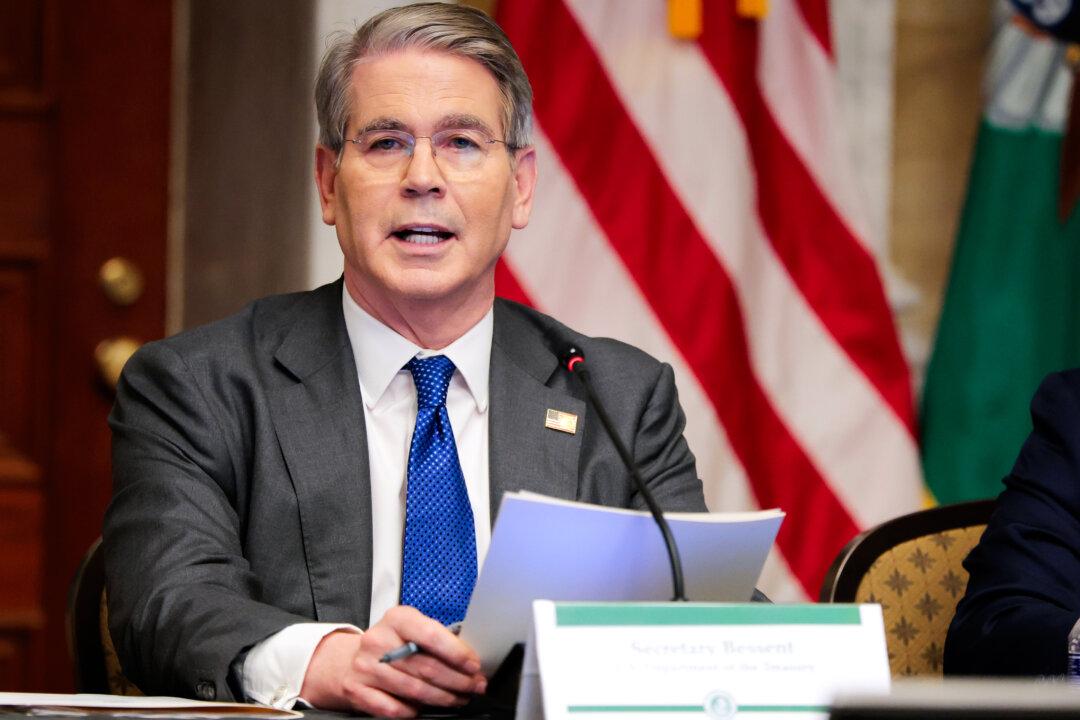The U.S. Department of Defense released a video of the raid that killed ISIS leader Abu Bakr al-Baghdadi.
Marine Corps Gen. Kenneth F. McKenzie Jr., the head of the U.S. Central Command, gave a play-by-play of the special operations forces raid in northern Syria that, according to President Donald Trump, ended with al-Baghdadi detonating his suicide vest. He and several of his children died.




